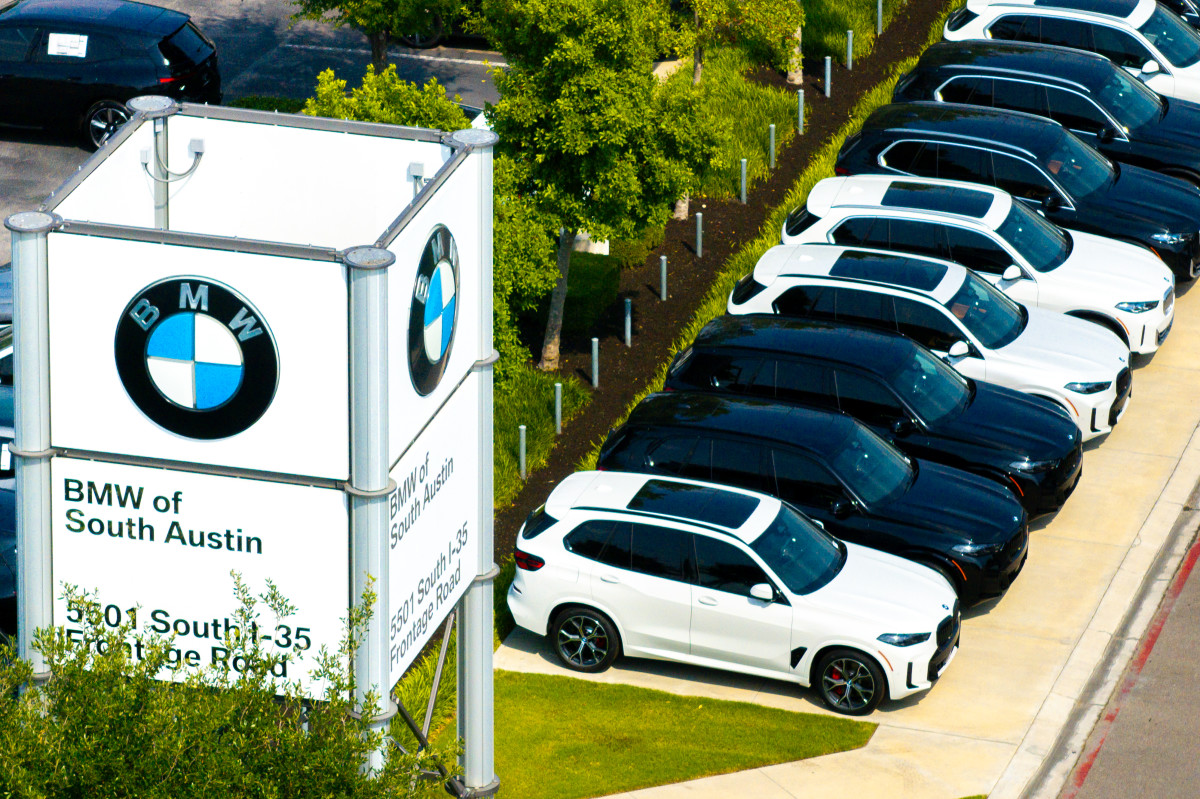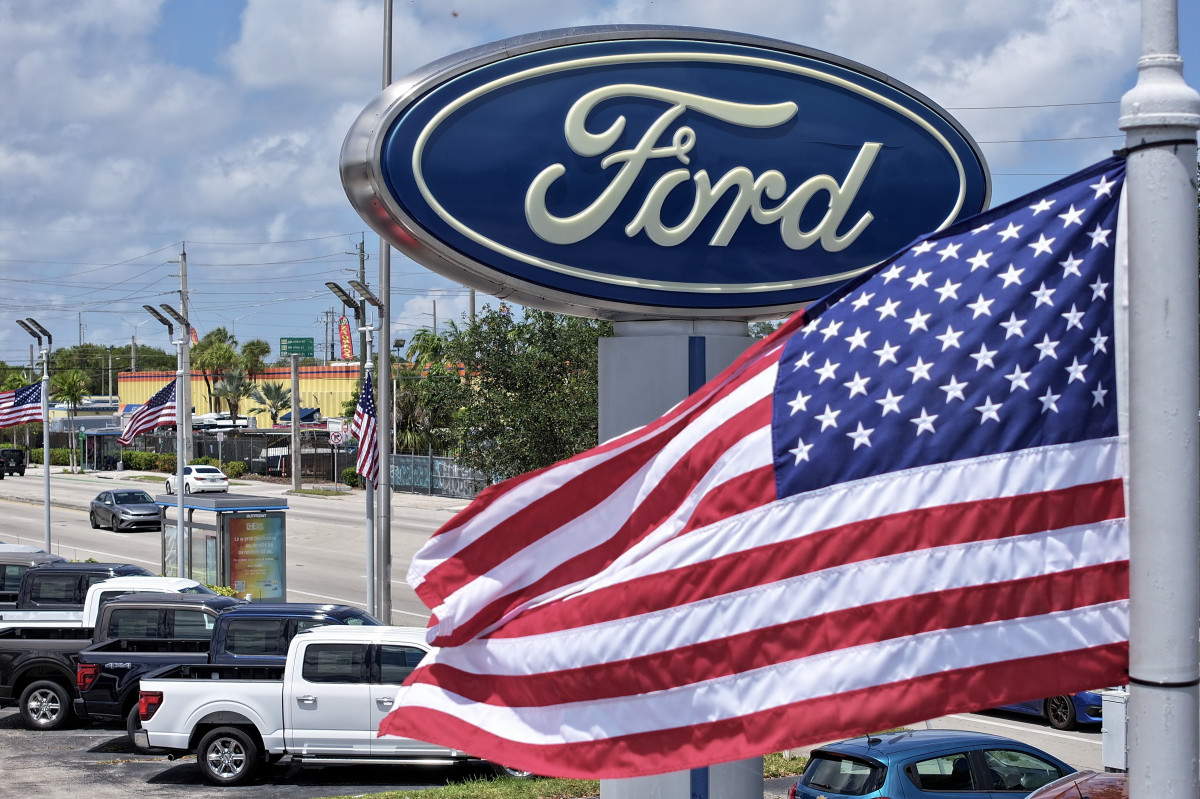New cars are expensive
New cars are expensive, but the latest data indicates that they aren’t slowing down any time soon. According to data from Cox Automotive and Kelley Blue Book, the average transaction price for a new car reached $48,907 in June 2025, a 1.2% increase from the same period last year.
Though it seems like a high amount, a quick glance at car-buying platforms and automakers’ websites shows that there are many models on the market with MSRPs far below that threshold. However, a new study from the research department at Cars Commerce, the company behind Cars.com, shows that a few key factors will keep cars unaffordable.
Getty Images
Where did all the cheap cars go?
According to new data from Cars Commerce’s Industry Insights Report for the first half of 2025, the impact of the Trump administration’s tariffs on imported cars, as well as the threat arising from the end of Federal EV Tax Credits, would fuel an affordability crisis that can greatly impact the U.S. car industry.
“With price hikes on many imports starting to emerge, the $7,500 federal EV tax credit set to expire in September, and the entry-priced segment now shrinking for three consecutive months, affordability remains the biggest challenge to continued growth,” said David Greene, industry analyst at Cars Commerce. “How automakers respond in the second half — through pricing, production, and incentives — will shape the road ahead.”
Most notably, Cars Commerce found that the inventory of cars priced under $30,000 saw a massive dip. Per their data, cars under $30K made up just 13.6% of new car inventory in the first half of 2025. That number is a considerable loss compared to 2019, when such vehicles made up 38% of the market.
Brandon Bell/Getty Images
In terms of dealer inventory, the segment saw 3.9% growth year over year (YoY); however, it lags behind the 5.6% overall increase for new-car inventory. The segment is the most exposed to tariffs, as about 92% of the cars sold under $30K are actually imported from overseas. Just two cars in that segment, the Honda Civic and Toyota Corolla, are built in the US, though some models are produced in Japan.
At the same time, the segment that Cars.com defined as the “mid-range new car segment;” which consists of cars costing between $30,000 and $49,000, accounted for nearly half of all inventory, though 50% of the vehicles in this price bracket are imported. The data suggests that automakers are adjusting to tariffs, as the share of imported cars within the $70,000-plus price segment increased from 40% in May to 41% in June.
The study also shows that dealers increased their inventory by 5.6% during the first half of 2025, as they stocked up before tariffs were imposed in April. Additionally, there was a surge in sales as consumers rushed to secure pre-tariff pricing in March and April, leading to a 3.9% increase in new car sales compared to the first half of 2024. The increase in new vehicle purchases raised the supply of used cars, as many customers traded in their vehicles before the tariffs took effect. Consequently, used car prices dipped slightly in the first quarter of 2025 but rebounded with a 1.6% increase in the second quarter.
Getty Images
According to data from Cars.com, more than half of consumers said that the tariffs have influenced their decision to buy American-made cars. Additionally, over 73% of respondents would consider purchasing U.S.-built cars to avoid extra costs. Currently, the supply of pre-tariff new cars is depleting, and as a result, the study predicts that we should expect price increases in the near future.
So far this year, the average price of new cars has risen by only $97; however, vehicles from the United Kingdom have become over $10,000 more expensive. In contrast, EU-built cars have seen an average increase of nearly $2,500. Meanwhile, the prices of vehicles from China, Canada, and Korea, as well as American-built cars, have decreased by an average of $200.
In addition, Cars Commerce also found that EV buyers will be affected in the latter half of the year, as the federal $7,500 tax credit for new EVs is set to expire after September. In its survey of electric vehicle (EV) buyers, 53% said that the federal tax credits were a primary reason for their purchases, adding that it may be “difficult” to maintain the momentum of 28 consecutive months of new EV inventory growth once the calendar hits October.
Final thoughts
The Trump administration and some lawmakers say they’re trying to make cars more affordable by imposing tariffs, but according to the consulting firm AlixPartners, these tariffs could cost the auto industry about $30 billion by 2026. Although manufacturers like Nissan and Volvo are taking localization concerns seriously with their recent plans to consolidate factories, trim the U.S. lineup, and move production of their top-selling vehicles to factories in the U.S., it should be reiterated that this isn’t a simple flip of the switch; Volvo, for instance expects to make the first XC60s in South Carolina by 2026.
Until then, those on the buyers’ side have all the tools to find out which specific vehicles are “American-made,” including the NHTSA’s Part 583 American Automobile Labeling Act Reports, which are publicly available on their website.